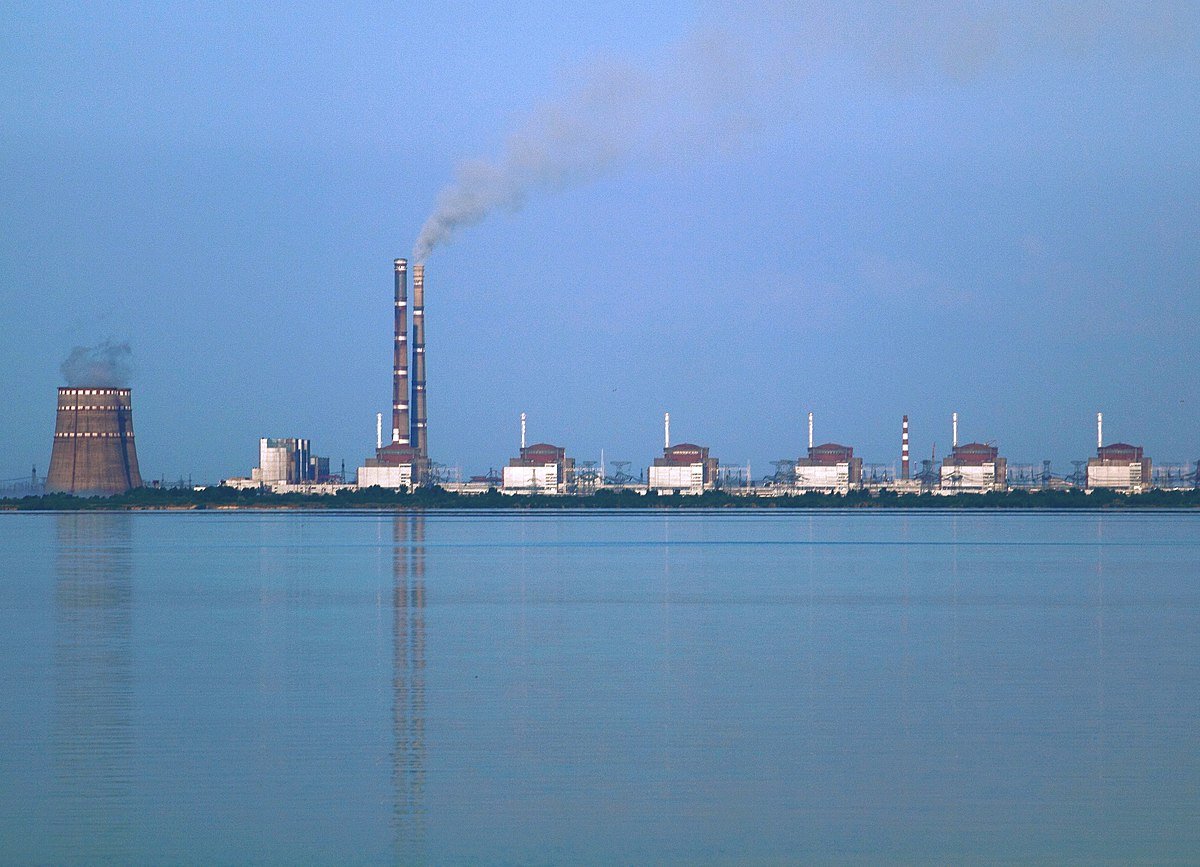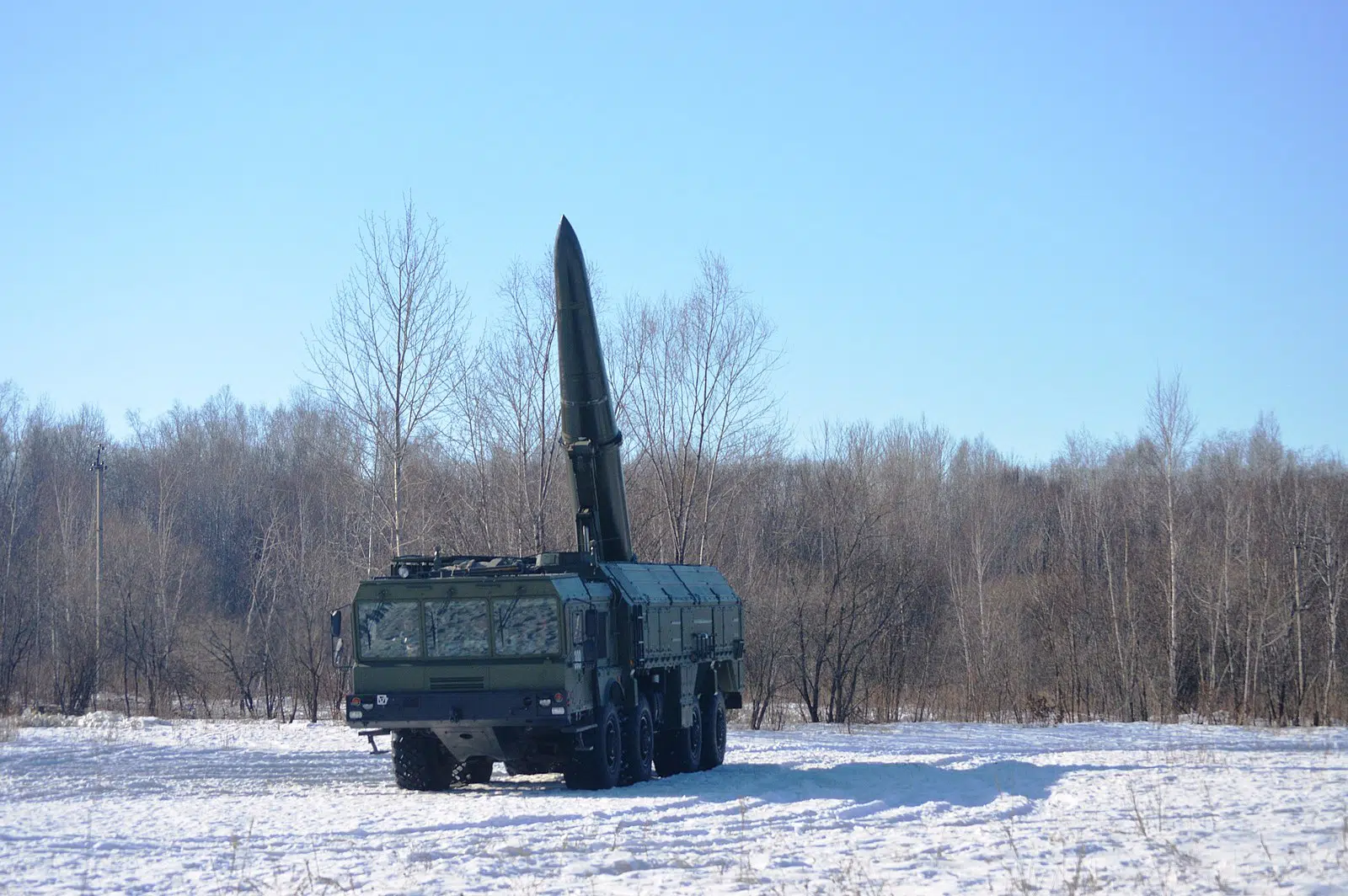
Satellite images captured on November 24 show vast tracts of Ukraine in almost complete darkness. The satellite imagery shows the impact of recent Russian missile strikes against the the beleaguered nation’s energy grid.
On Wednesday, Russia launched a wave of missile attacks against the Ukrainian energy grid. Three of their power plants were disconnected and even neighboring Moldova was affected.
Several people were also reportedly killed in the barrage. Moreover, across Ukraine and particularly in the East, the damage has left millions of people without heating, light, or water as the country enters the colder months.
Satellite Imagery
Using open-source intelligence (OSINT), it is possible to compare satellite imagery of war-torn Ukraine before and after the energy grid was struck.
On February 24, the day of the Russian invasion, major urban centers in Ukraine can be seen brightly lit, much like their European neighbors. However, images that became available on November 24 tell a different story.
Ukraine’s space on the map is noticeably darker than its neighbors. Major cities are dimly lit and much smaller specks of light appear in densely populated areas which were brightly lit during peacetime.
Why is Russia targeting the energy grid?
Russian forces began to target the Ukrainian energy grid in October and the timing of the attacks is deliberate. As winter approaches, Russian President Vladimir Putin is targeting that particular part of their infrastructure to test the Ukrainian population’s resolve and ability to withstand the cold.
“This winter will be life-threatening for millions of people in Ukraine,” said Dr. Hans Henri P. Kluge, the World Health Organization’s (WHO) Regional Director for Europe, in a statement on Monday.
“Half of Ukraine’s energy infrastructure is either damaged or destroyed. This is already having knock-on effects on the health system and on people’s health,” Kluge continued, “Put simply, this winter will be about survival.”
At the beginning of November, Ukrainian President Volodymyr Zelensky claimed that up to 40% of the Ukrainian energy grid had been destroyed by Russian attacks. According to the Center for Strategic & International Studies (CSIS), the survival of Ukraine’s energy supply is “essential both for humanitarian and martial purposes.”
The security of their energy has been further complicated by the Russian capture of the Zaporizhzhia nuclear power plant in March. In total, there are four facilities producing nuclear power there.
Ukrainian authorities have been urging the population to lower their energy consumption to help cope with the attacks. They have as ell implemented blackouts in major urban areas like Kyiv in order to lower the consumption of electricity.
Analysts have suggested that Russia is targeting Ukraine’s energy system to slow down the counteroffensive. The recent recapture of Kherson by Ukrainian forces was a major blow to Russia which has been forced to withdraw from key positions.

The energy war
Beyond the damage done to the Ukrainian energy grid, Russia has also taken steps to weaponize energy against Europe, some analysts say.
According to analysis by the RUSI, Russian energy giant Gazprom has been ” intent on inflicting maximum pain while scoring maximum gain.”
To that end, Gazprom has lowered the supply of gas to EU members, whilst not cutting it off completely. In this way, President Putin has created a sense of strategic uncertainty in Europe.
By consequence, the ensuing disparity between supply and demand for gas has enabled the company to make much higher profits. A large sum of it will go to the Kremlin’s war effort in Ukraine.
More disconcerting is the fact that Ukraine’s adversary is likely to continue its squeeze on both the their energy production and gas supplies to Europe.
See all the latest news from Greece and the world at Greekreporter.com. Contact our newsroom to report an update or send your story, photos and videos. Follow GR on Google News and subscribe here to our daily email!



